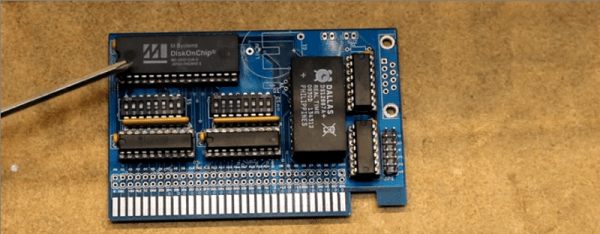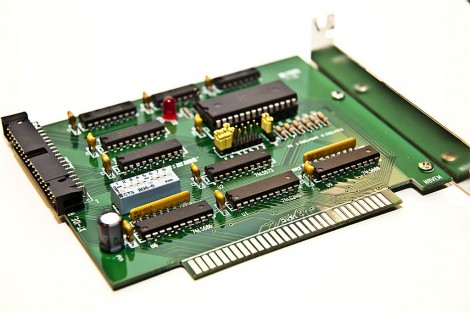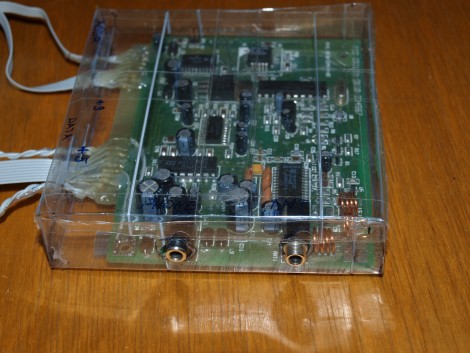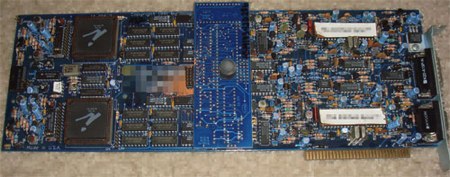There have been a lot of different mass storage methods over the relatively short lifespan of the computer. Magnetic tapes, drums, all sorts of disks, and flash memory have each had their time. Each of these new innovations required some time to become easy to use. One of the early attempts to simplify using flash memory was the M-Systems DiskOnChip device. Looking like a standard 8K JEDEC-compatible memory device, it actually provided access to a flash disk drive ranging from 16MB to 1GB. [Smbakeryt] bought some of these devices and built an ISA board to provide a disk and clock for the old 8-bit bus. You can see a video discussion about the device below.
SanDisk bought M-Systems and discontinued the devices back in 2007. Of course, you can still design flash memory into your system, but the simple and efficient interface of the DiskOnChip is no more. It is a testament to how simple the interface is that the schematic for the little board fits on a page, including the DS12885 real time clock.


















